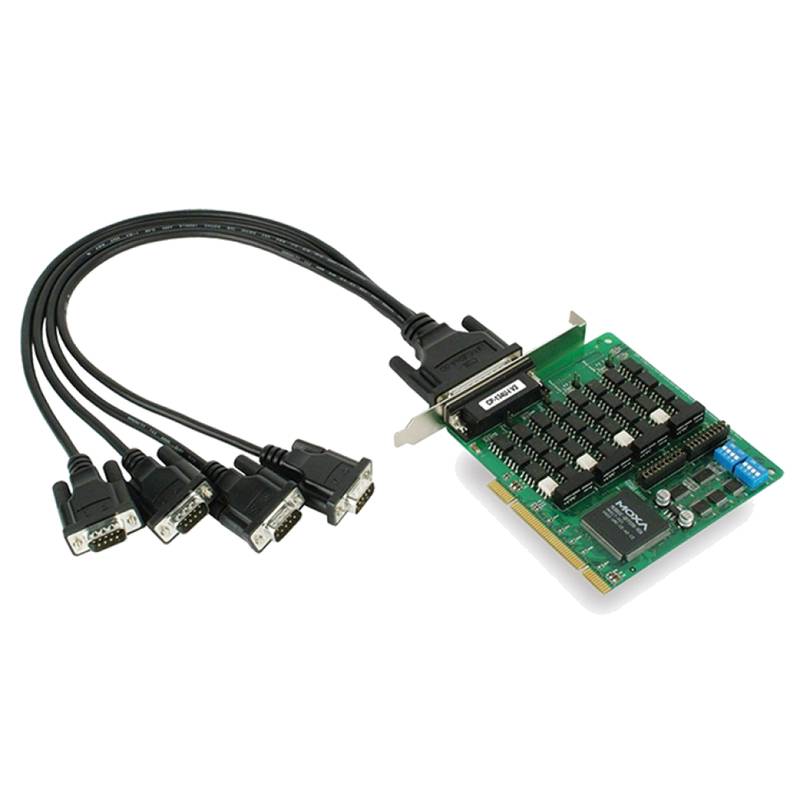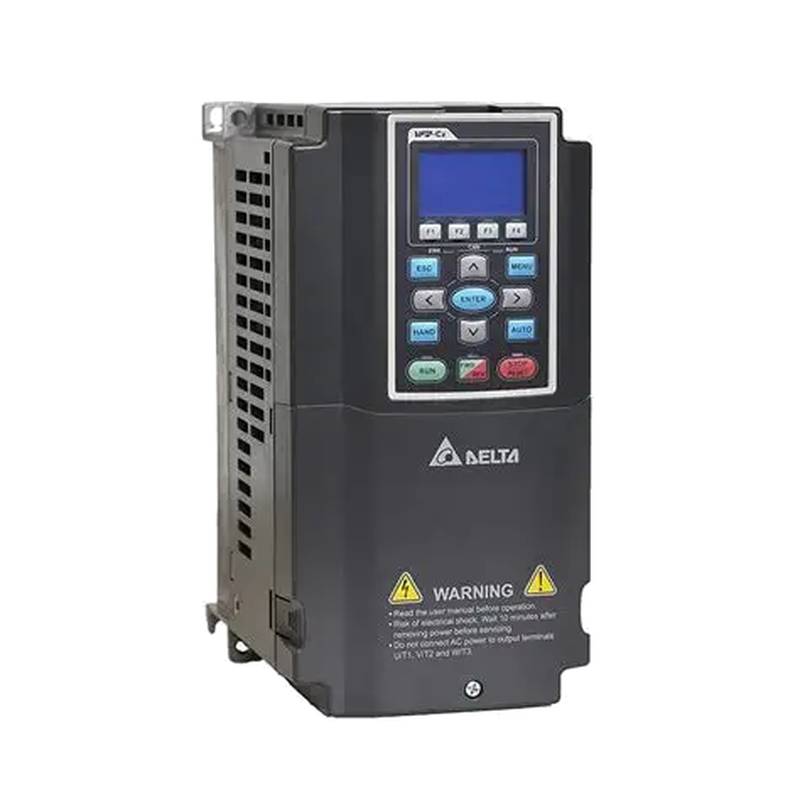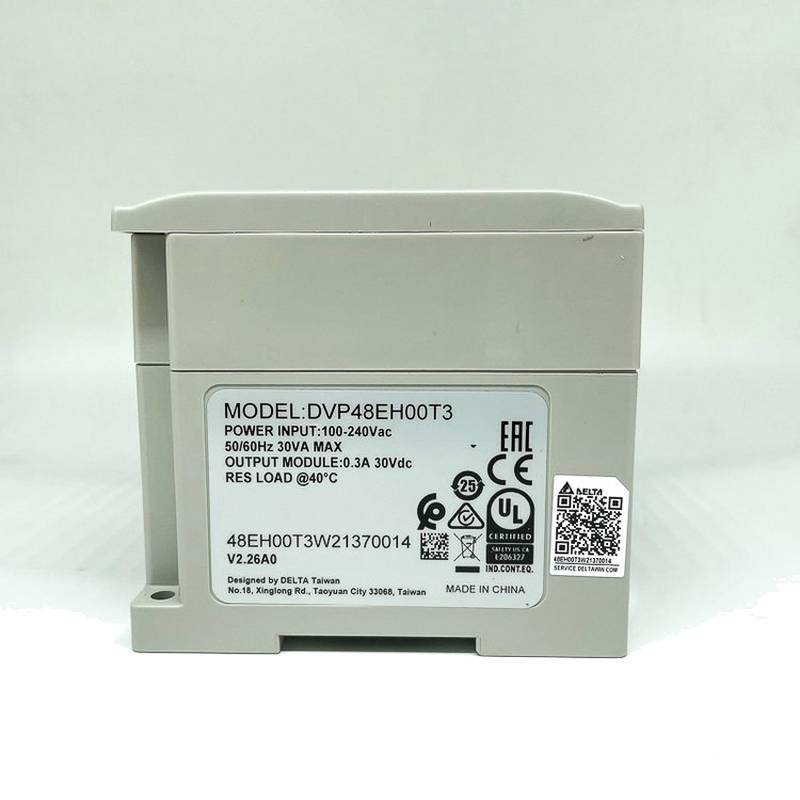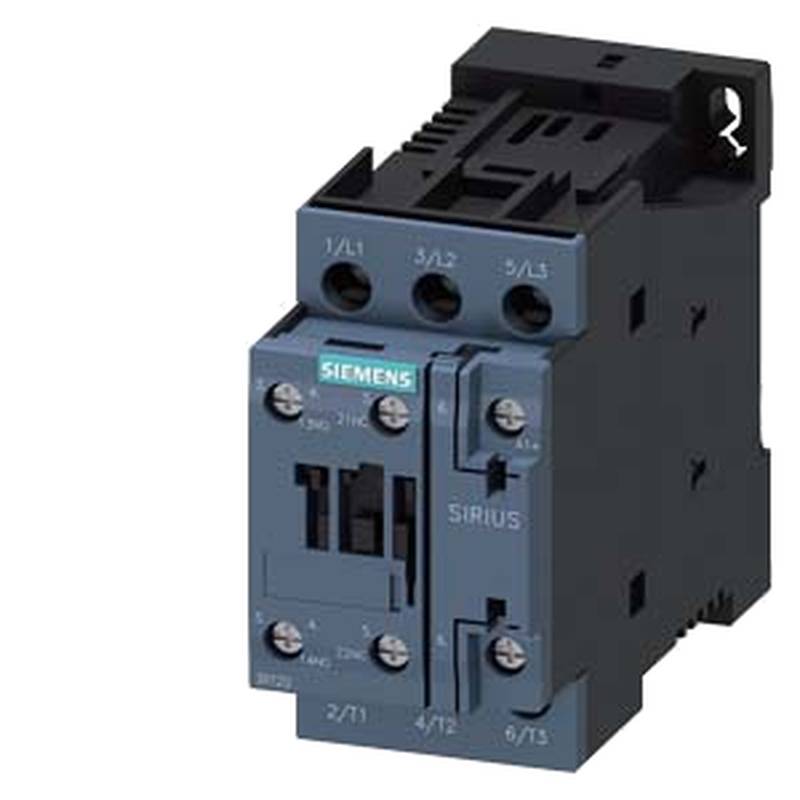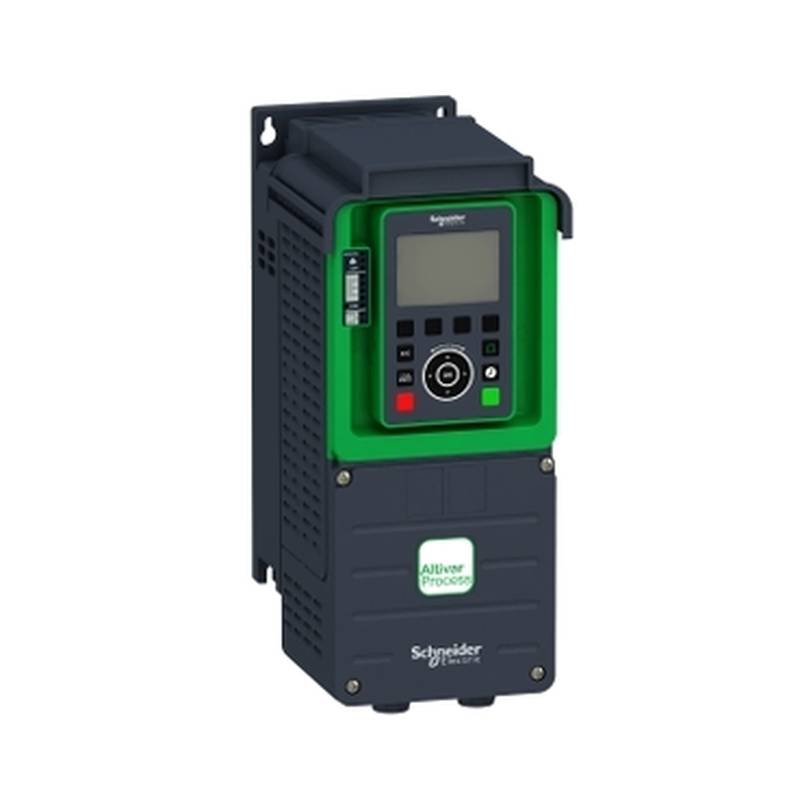
The SIMPHOENIX DL100-4T0022B is a robust three-phase braking drive frequency converter engineered for precise motor control in demanding industrial environments. This 2.2kW unit excels in applications requiring rapid deceleration, precise positioning, and significant energy savings. Its core advantages lie in its advanced braking functionality, high starting torque, and comprehensive protection features, ensuring operational reliability and extended equipment life. Key technical parameters include an input voltage range of 380V-415V, an output power of 2.2kW, and a maximum output frequency of 400Hz, with built-in dynamic braking capabilities suitable for frequent stop-start cycles.
Product Specifications
| Feature | Specification |
| :------------------- | :------------------------------------------ |
| Model Number | SIMPHOENIX DL100-4T0022B |
| Type | Three Phase Braking Drive Frequency Converter |
| Rated Power | 2.2kW (3HP) |
| Input Voltage | 380V - 415V |
| Output Voltage | 380V - 415V |
| Output Frequency | 0 - 400Hz |
| Braking Method | Dynamic Braking |
| Control Mode | V/f Control, Vector Control |
| Protection Features | Overload, Overvoltage, Undervoltage, Short Circuit, Overheat, etc. |
| Mounting Type | Wall/Din Rail Mountable |
| Ambient Temperature | -10°C to +40°C |
Core Features & Market Positioning
The SIMPHOENIX DL100-4T0022B distinguishes itself with its integrated dynamic braking resistor capability, allowing for rapid and controlled motor deceleration without reliance on external braking units. This feature is critical for applications such as cranes, elevators, and material handling systems where quick stops are paramount for safety and operational efficiency. The converter also boasts high starting torque, ensuring smooth and powerful motor startup even under heavy loads. Its robust design and advanced control algorithms position it as a cost-effective yet high-performance solution for general-purpose industrial drives seeking enhanced control and energy management. Independent reviews often highlight its user-friendly interface and reliable performance in challenging industrial settings, underscoring its value proposition against competitors.
Key Application Scenarios
This frequency converter is ideally suited for a wide array of industrial applications. It is commonly employed in machine tools, such as CNC machines and lathes, where precise speed control and accurate positioning are essential. Material handling equipment, including conveyors, forklifts, and automated guided vehicles (AGVs), benefit from its ability to manage starting torque and braking effectively. Packaging machinery, textile equipment, and pumps also represent significant application areas where variable speed control and energy savings can be realized. The DL100-4T0022B's suitability for frequent start/stop operations makes it a preferred choice for automated production lines and intermittent duty cycles.
Practical System Integration Guidance
Integrating the SIMPHOENIX DL100-4T0022B into an existing system is streamlined due to its standard mounting options and clear terminal designations. For wiring, ensure the input power supply (380-415V three-phase) is correctly connected to the L1, L2, and L3 terminals. The motor leads (U, V, W) should be connected to the corresponding output terminals. For braking functionality, the internal or external braking resistor connection points must be utilized as per the application's braking torque requirements. Initial commissioning involves parameter setup via the intuitive keypad interface or optional communication modules. Key parameters to configure include motor nominal current, frequency settings, acceleration/deceleration times, and braking resistor settings to match the load characteristics and application demands.
Operation and Risk Mitigation
Safe operation of the SIMPHOENIX DL100-4T0022B relies on adherence to electrical safety standards and proper installation procedures. Before powering up, verify all connections are secure and that the motor is correctly phased. The drive incorporates multiple protection functions, including overload (OL), overvoltage (OV), undervoltage (UV), and ground fault (GF) protection, which automatically halt operation and display fault codes. Common troubleshooting involves checking parameter settings if the motor does not start or exhibits erratic behavior. For instance, if an OL fault occurs, it may indicate an undersized braking resistor or a load exceeding the drive's capacity. Consulting the user manual for specific fault code interpretations and recommended corrective actions is crucial for mitigating operational risks and ensuring longevity.
Scalability & Long-Term Value
The SIMPHOENIX DL100-4T0022B offers considerable long-term value through its compatibility and potential for integration into more advanced industrial automation systems. While primarily a standalone drive, its communication ports (e.g., RS485) allow for integration with PLC systems and SCADA networks, facilitating remote monitoring, control, and data logging. This enables manufacturers to incorporate the DL100-4T0022B into IIoT strategies, contributing to predictive maintenance and optimized operational efficiency. The drive's robust construction and reliable performance minimize downtime, contributing to a lower total cost of ownership. Its ability to precisely control motor speed also translates directly into energy savings, further enhancing its economic viability over its operational lifespan.
Frequently Asked Questions
1. What are the primary benefits of using the SIMPHOENIX DL100-4T0022B frequency converter?
The DL100-4T0022B provides precise motor speed control, enabling significant energy savings by matching motor output to load requirements. Its integrated dynamic braking capability ensures rapid and controlled deceleration of motor loads. This unit offers robust protection against common electrical faults, enhancing operational safety and equipment longevity.
2. How does the dynamic braking feature of the DL100-4T0022B work?
When deceleration is commanded, the drive diverts the motor's regenerative energy into a braking resistor. This resistor dissipates the energy as heat, creating a braking torque that slows the motor down quickly and efficiently. This process prevents overvoltage issues during deceleration.
3. What types of motors can be controlled by the SIMPHOENIX DL100-4T0022B?
This frequency converter is designed to control standard three-phase induction motors. It supports both V/f control for general applications and vector control for more demanding tasks requiring enhanced torque performance. Always ensure the motor's voltage and power ratings are compatible.
4. Can I install the DL100-4T0022B in an outdoor or dusty environment?
The SIMPHOENIX DL100-4T0022B is designed for industrial indoor environments with an operating temperature range of -10°C to +40°C. For outdoor or excessively dusty/humid conditions, a suitable enclosure with appropriate IP rating and ventilation is mandatory.
5. What is the maximum output frequency and how does it affect motor speed?
The drive's maximum output frequency is 400Hz. Motor speed is directly proportional to the frequency supplied. Increasing the frequency to 400Hz will cause the motor to run at its maximum speed, assuming it's a standard 50/60Hz motor.
6. How do I connect a braking resistor to the DL100-4T0022B?
Connect the braking resistor to the dedicated braking terminals (typically labeled B+ and B-) on the drive. Ensure the resistor's resistance and power rating are suitable for the drive's capacity and the application's braking requirements. Consult the manual for specifications.
7. What are the common fault codes for the DL100-4T0022B and their meaning?
Common faults include OL (Overload), OV (Overvoltage), UV (Undervoltage), and GF (Ground Fault). Each code indicates a specific issue that requires attention, such as excessive load, power supply problems, or wiring faults. Refer to the user manual for detailed descriptions.
8. Is it possible to control multiple motors with a single DL100-4T0022B unit?
While the drive is rated for a specific motor size, directly controlling multiple motors with a single DL100-4T0022B is generally not recommended. Each motor would require its own drive for independent and safe control.
9. What is the input voltage range for this three-phase braking drive?
The SIMPHOENIX DL100-4T0022B operates with a three-phase input voltage range of 380V to 415V. It is crucial to ensure the power supply aligns within this specified range for proper and safe operation.
10. Can this frequency converter be integrated with industrial automation systems like PLCs?
Yes, the DL100-4T0022B typically features communication interfaces, such as RS485, allowing seamless integration with PLCs and SCADA systems for remote control and monitoring. This enables advanced automation and IIoT applications.
















